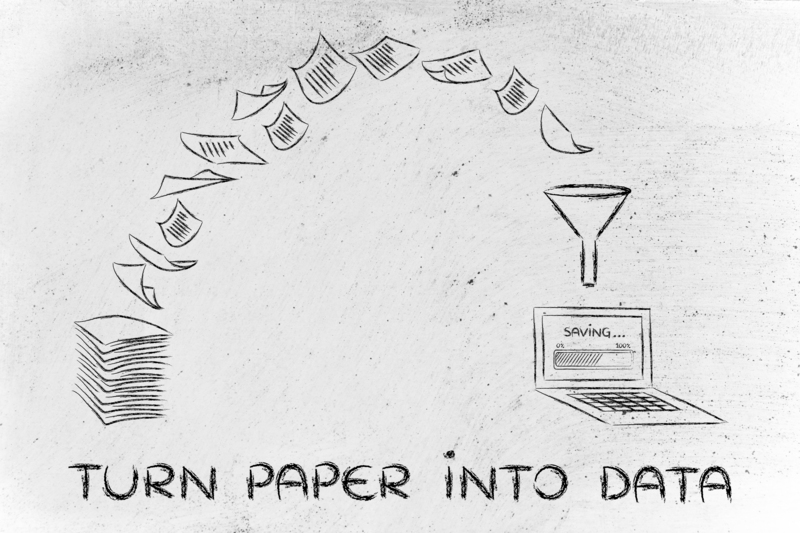Strategies to Halt Microplastic Pollution
Microplastic pollution has emerged as a significant environmental concern due to its pervasive presence in ecosystems worldwide. As tiny particles of plastics disintegrate from larger products, they infiltrate water bodies, soil, and the air we breathe. Addressing this issue demands a multifaceted approach, including policy changes, innovative technologies, and public awareness. In this article, we will explore effective strategies to combat microplastic pollution and restore ecological balance.
Understanding Microplastic Pollution
The term microplastics refers to plastic particles less than 5mm in diameter. These particles are often categorized into two types: primary and secondary microplastics. Primary microplastics are intentionally manufactured small particles used in products like cosmetics or industrial abrasives. Secondary microplastics, on the other hand, result from the degradation of larger plastic items such as bottles and bags due to environmental exposure.

Innovative Technologies to Reduce Microplastics
Advancements in Waste Water Treatment
One of the critical solutions to microplastic pollution is the improvement of wastewater treatment facilities. Current systems often fail to trap microplastic particles, leading to their release into rivers and oceans. By integrating advanced filtration technologies, such as membrane bioreactors and nanofiltration, treatment plants can effectively reduce microplastic discharge.
Biodegradable Plastics
Innovating in the field of biodegradable plastics presents a promising avenue to mitigate microplastic formation. Bio-based polymers designed to break down more readily in the environment can significantly decrease the persistence of plastic waste, thus lowering the probability of microplastic generation.
Policy and Regulatory Strategies
Legislative Measures
Governments play a pivotal role in curbing microplastic pollution through legislative measures. Actions such as imposing bans on microbeads in personal care products and enforcing stringent regulations on plastic waste management are essential. Developing international agreements to limit the production and use of single-use plastics can further enhance these efforts.
Extended Producer Responsibility (EPR)
The implementation of EPR policies compels producers to manage the entire lifecycle of their plastic products. By holding manufacturers accountable for post-consumer waste, the EPR framework drives innovations in product design and promotes recycling, which can drastically reduce the amount of plastic waste entering the environment.
Community Engagement and Public Awareness
Educational Campaigns
Raising awareness about the impact of microplastics through educational campaigns can lead to collective behavioral changes. Educating communities on the importance of proper waste disposal and encouraging the use of alternatives to plastic products can substantially contribute to less pollution.
Community Clean-Ups
Organizing community clean-up events can serve as both a practical and awareness-building strategy. These activities not only help remove existing litter but also foster a sense of stewardship toward local environments, empowering individuals to make a difference in combating plastic pollution.

The Role of Research and Development
Continuous research and investment in development efforts are crucial in finding new ways to tackle the microplastic challenge. By supporting scientific studies that investigate the environmental and health impacts of microplastics, stakeholders can design more effective mitigation strategies. Encouraging partnerships between governments, industries, and academia can accelerate the invention of sustainable solutions.
Monitoring and Assessment
Developing methods for efficient monitoring and assessment of microplastics is critical. Technologies that accurately track the sources and pathways of microplastic pollution enable better policy-making and enforcement. Enhanced monitoring can also provide valuable data for further research and help evaluate the efficacy of implemented strategies.
Conclusion
Addressing the growing menace of microplastic pollution requires the confluence of technology, policy, community efforts, and research. By employing a diverse array of strategies, including advanced wastewater treatment, biodegradable plastics, legislative measures, and public education, society can make significant strides in mitigating microplastic contamination. Collaborative efforts across global, national, and local levels will be essential to ensure a sustainable and plastic-free environment for future generations.
It is time to take concerted actions that will not only prevent further harm to our ecosystems but also pave the way for a cleaner, healthier planet. By being proactive today, we can halt the trajectory of microplastic pollution and protect the diverse life forms that share this planet with us.